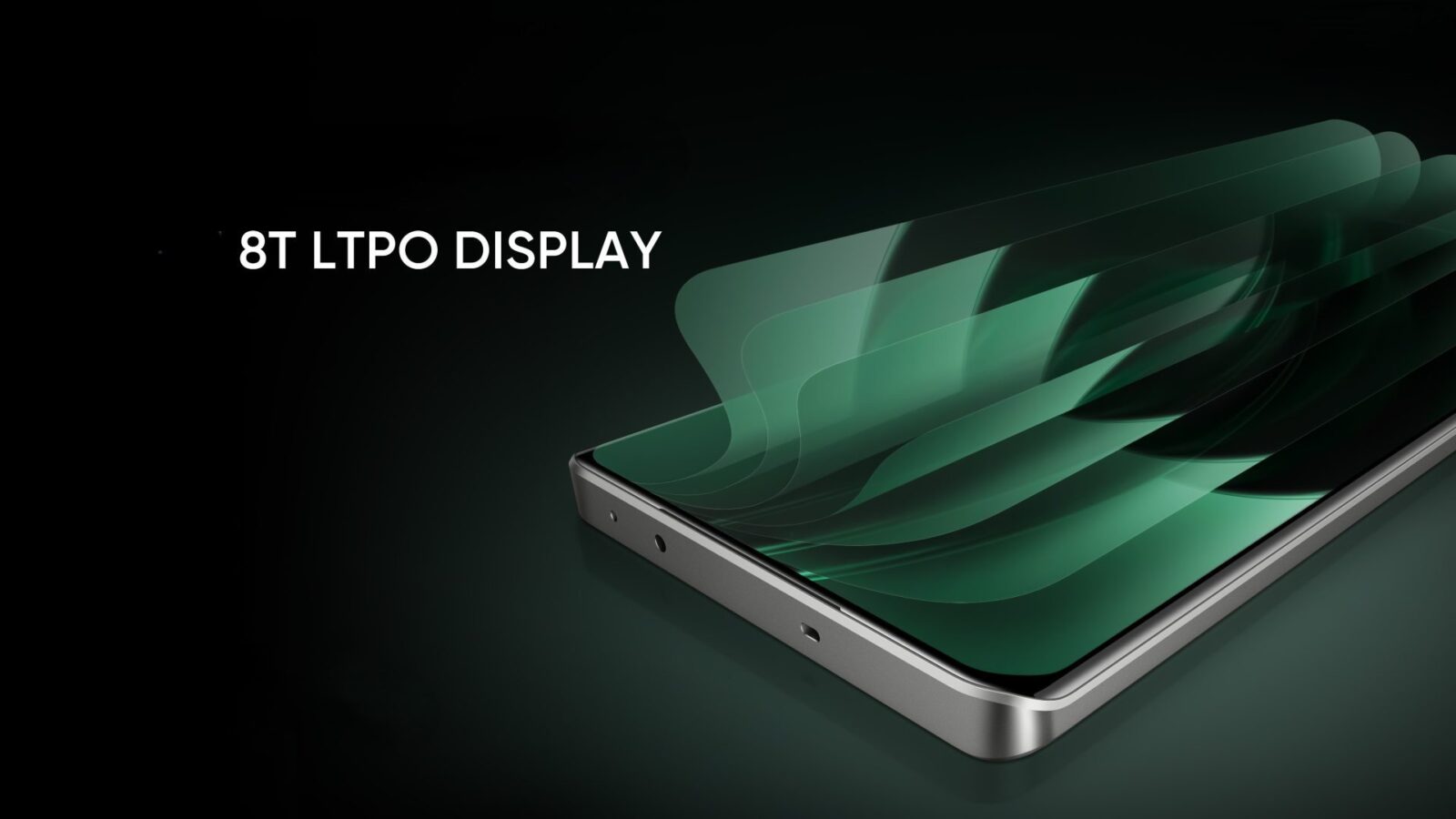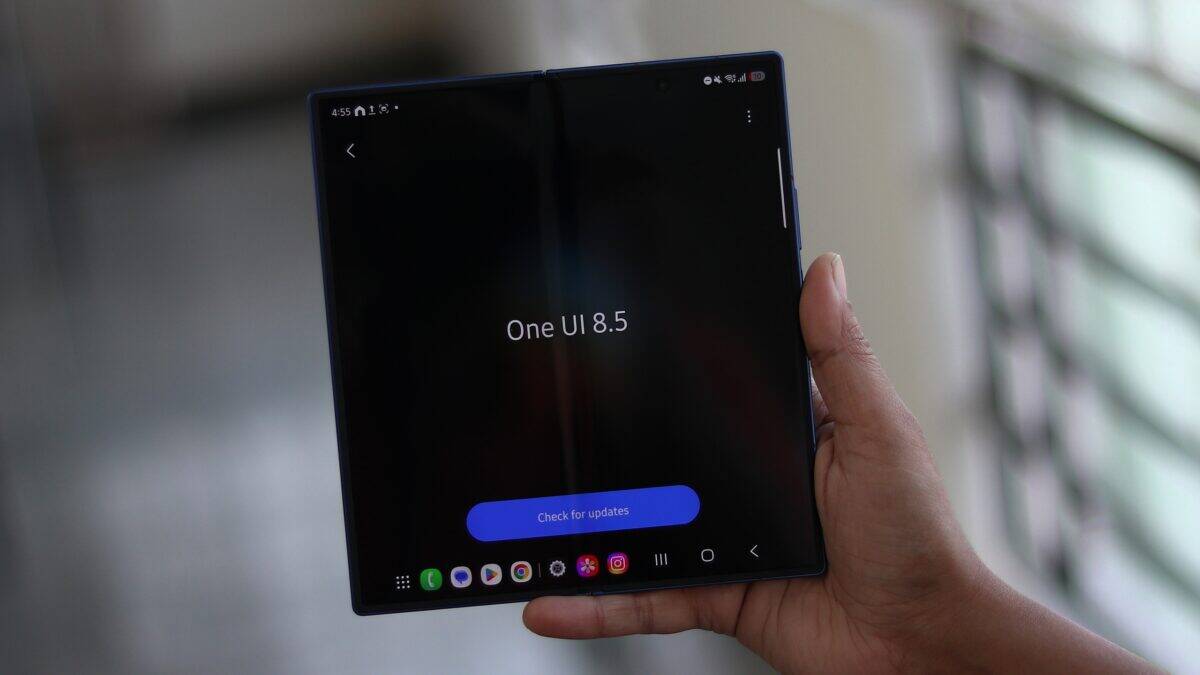Android 15 adds full support for variable screen refresh rates
With the release of Android 15, Google introduced support for true variable refresh rate (VRR), which allows screens to dynamically change refresh rates based on content type. This adaptive refresh rate (ARR) feature aims to reduce power consumption and improve device interaction.
Till now, screens with LTPO panels (e.g. 8T LTPO) only use a set of fixed frequencies such as 1Hz, 10Hz, 30Hz, 60Hz and 120Hz depending on the content being displayed. This is different from VRR on PCs, where the refresh rate is synchronized with real-time frames for a smoother transfer.
Allows for a smoother transfer.

What’s new in Android 15? Android 15 updated the display framework and introduced ARR support, made possible by improvements to Hardware Composer (HWC) and a move to HWC HAL version 3. The system can now analyze content and adjust screen refresh rates within a single mode, reducing the likelihood of visual glitches when switching frequencies.
ARR Limitations:
- The ARR requires compatibility with HWC HAL version 3, which is only available on some newer devices such as models with Snapdragon 8 Elite processors.
- Older devices, even when upgrading to Android 15, may not support ARR due to hardware limitations.

Although this feature will greatly improve smoothness and power savings on Android, its rollout will be limited to modern flagships, as full implementation requires the right hardware and manufacturer support.








